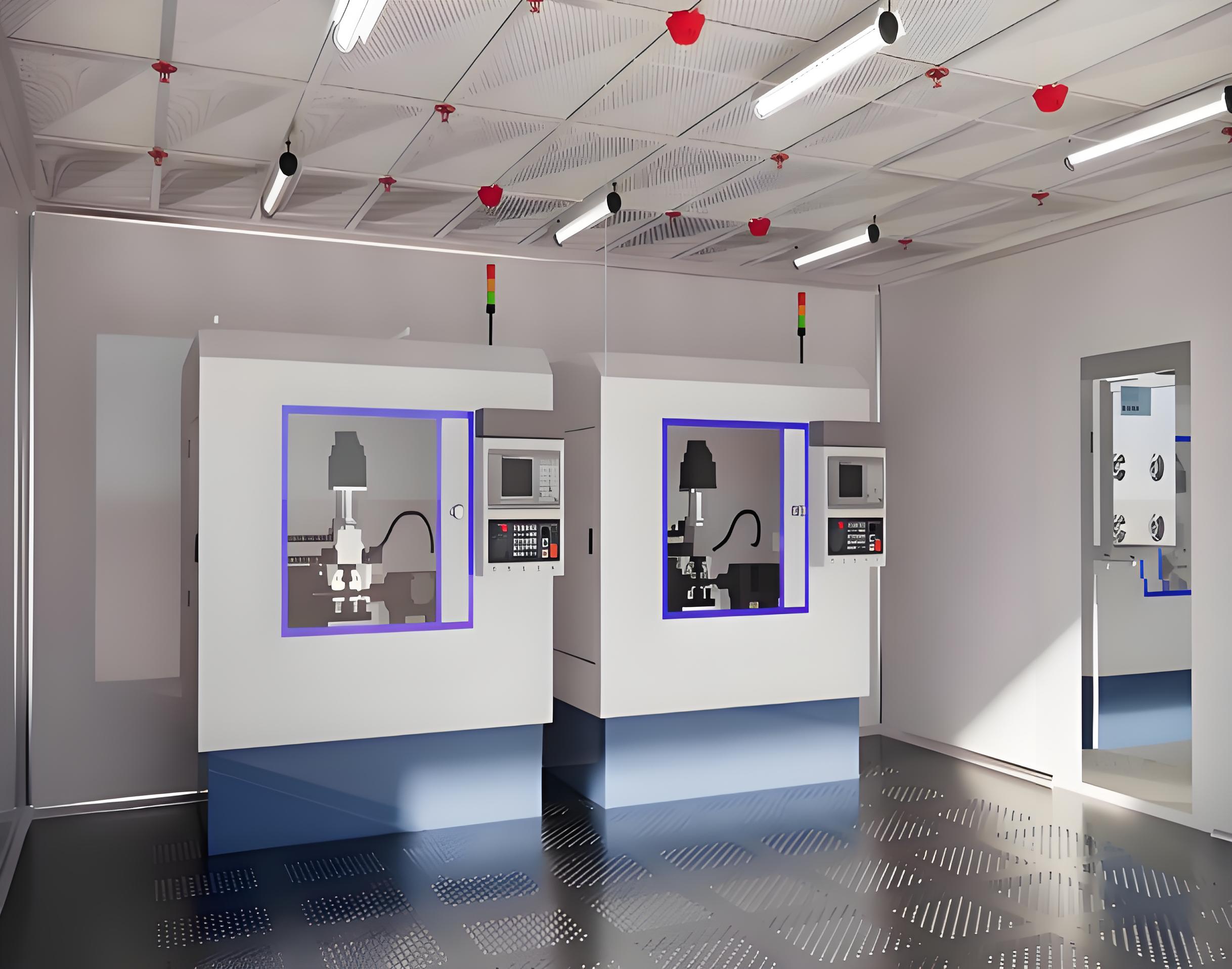

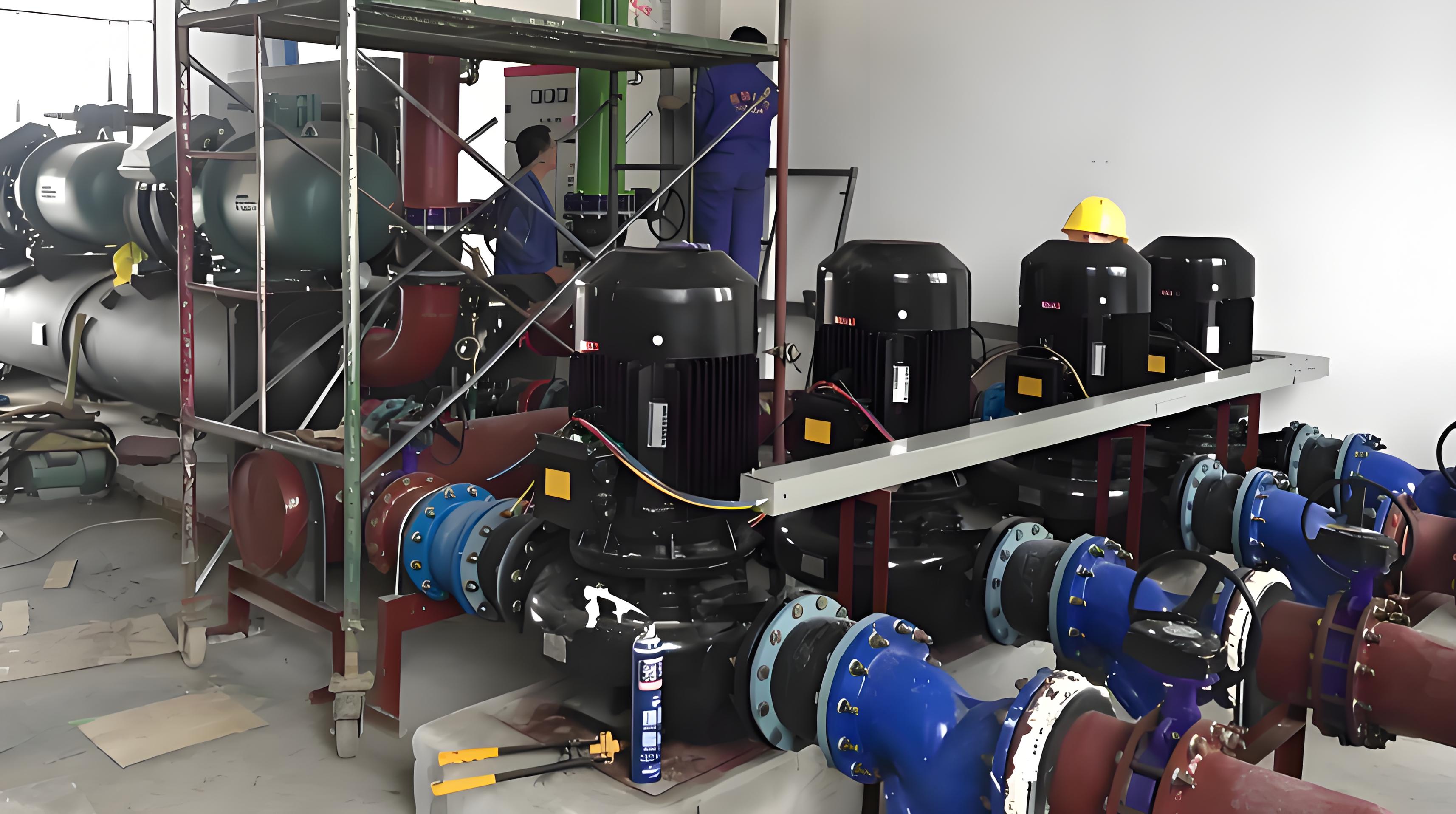
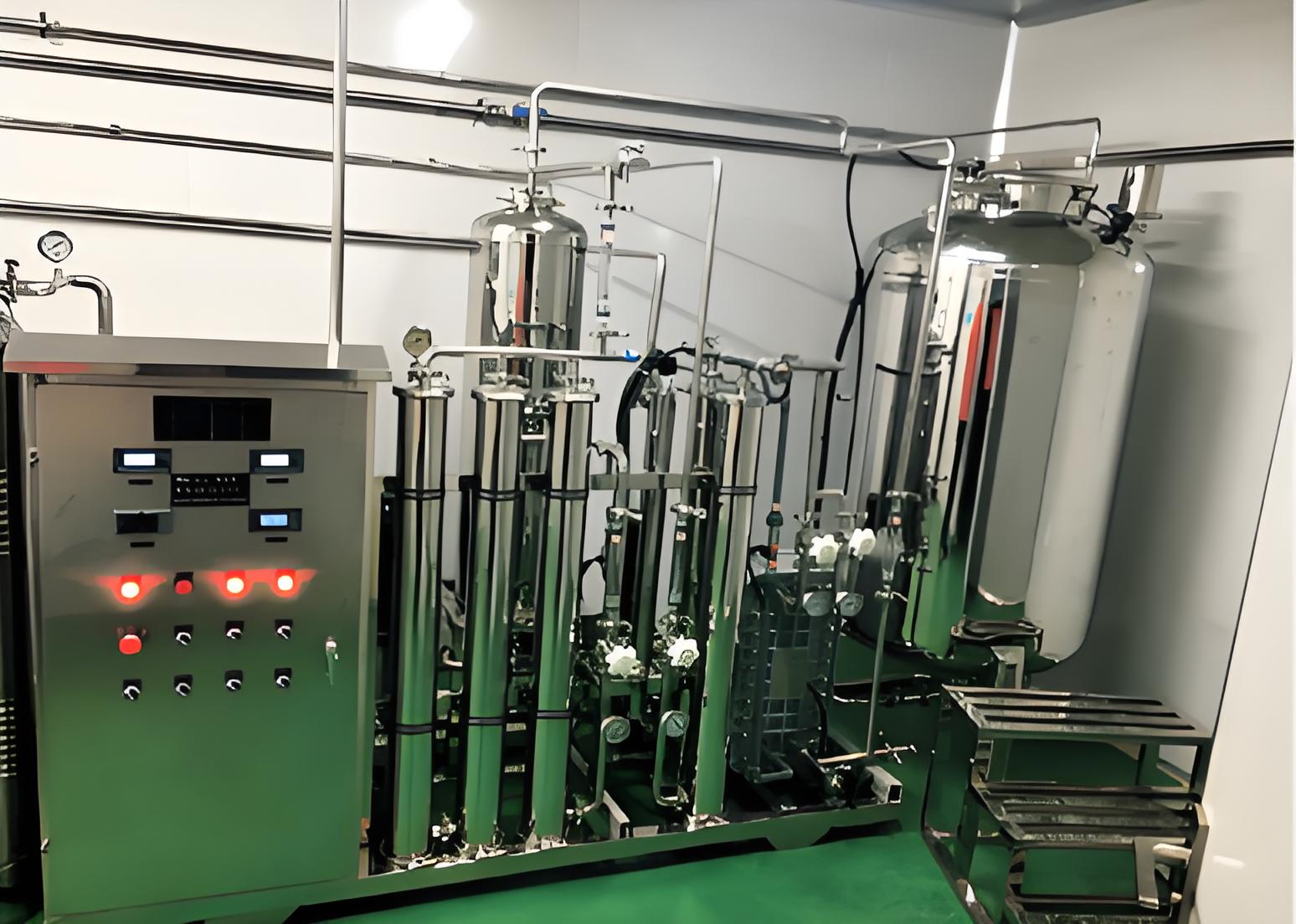

In controlled environments like clean rooms, maintaining impeccable air quality is non-negotiable. Whether in pharmaceuticals, biotechnology, electronics manufacturing, or healthcare, clean room airflow plays a pivotal role in ensuring product safety, process integrity, and regulatory compliance. Proper airflow management minimizes particulate contamination, controls temperature and humidity, and safeguards sensitive operations. This article delves into the essentials of clean room airflow, covering how to calculate it, design principles, and practical solutions. By understanding these aspects, you can enhance efficiency, reduce costs, and achieve consistent results in your clean room operations. We'll explore the fundamentals, provide actionable insights, and address common challenges, all centered on optimizing clean room airflow for various applications.
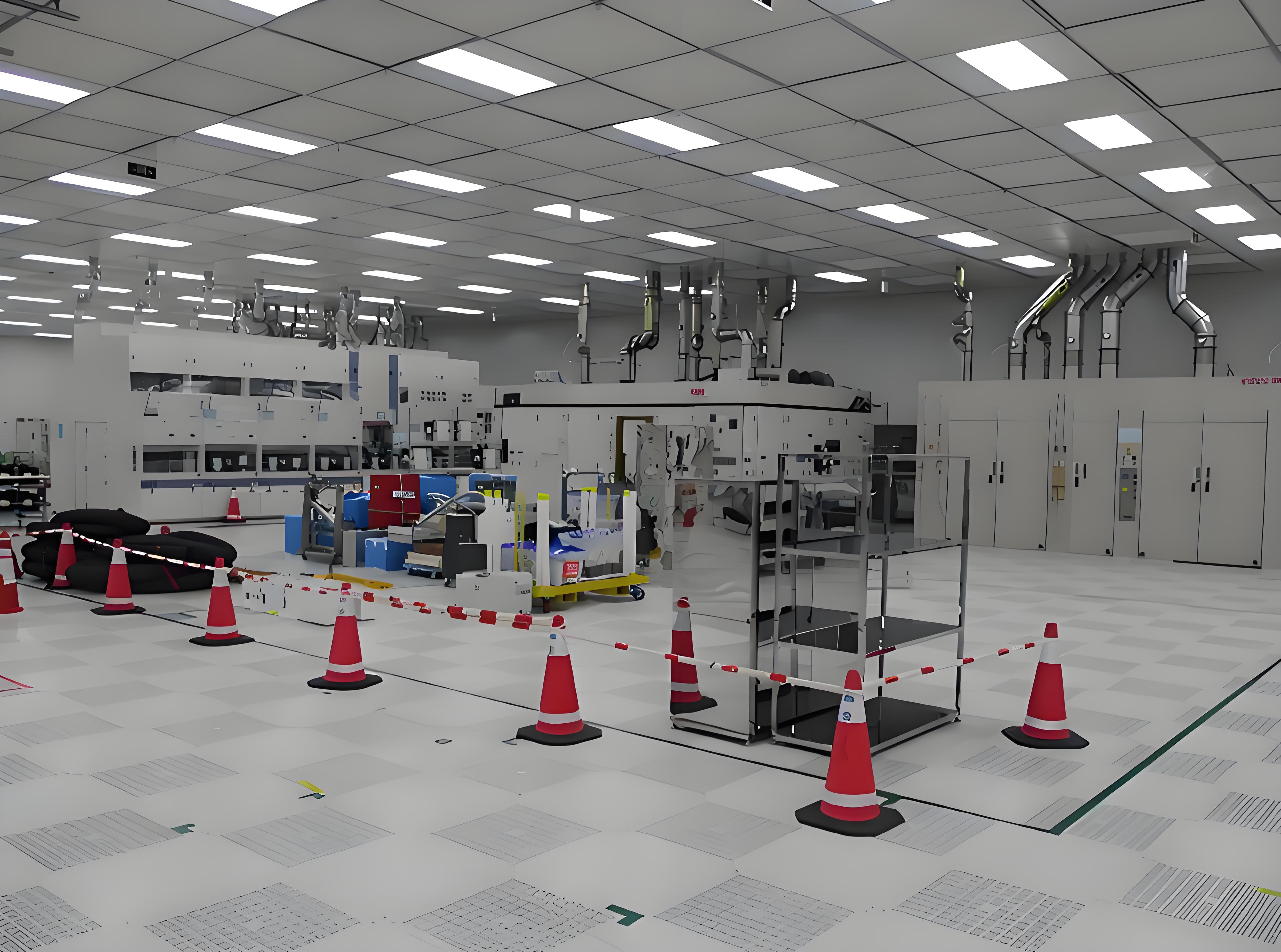
Clean room airflow refers to the controlled movement of air within a clean room to maintain specific cleanliness levels, as defined by standards like ISO 14644-1. This airflow is designed to remove contaminants, such as dust, microbes, and particles, by directing air from clean areas to less clean zones, typically through high-efficiency particulate air (HEPA) or ultra-low penetration air (ULPA) filters. The primary types of airflow patterns include laminar (unidirectional) and turbulent (non-unidirectional) flow, each suited to different clean room classes and applications.
Laminar airflow involves air moving in parallel streams at a uniform velocity, often used in high-class clean rooms (e.g., ISO Class 5 or lower) for critical processes like semiconductor manufacturing or sterile filling. In contrast, turbulent airflow mixes air more randomly, suitable for lower-class clean rooms where cost-effectiveness is key. The effectiveness of clean room airflow depends on factors like air change rates, velocity, pressure differentials, and filtration efficiency. Poor airflow management can lead to contamination events, product recalls, or regulatory penalties, emphasizing the need for a robust design and regular monitoring.
Moreover, clean room airflow isn't just about cleanliness—it also impacts energy consumption and operational costs. Inefficient systems can drive up electricity bills due to excessive fan power or frequent filter replacements. Thus, a balanced approach that integrates performance with sustainability is crucial. In the following sections, we'll break down the calculations, design guidelines, and solutions to help you master clean room airflow, ensuring your facility meets both functional and economic goals.
Calculating clean room airflow is a critical step in design and operation, as it determines the air change rate (ACH) needed to achieve the desired cleanliness level. This process involves understanding key parameters like room volume, air velocity, and contamination control requirements. Typically, airflow calculations help size HVAC systems, select appropriate filters, and ensure compliance with industry standards.
First, identify the clean room class based on ISO or FS 209E standards. For instance, an ISO Class 7 clean room requires a maximum particle count per cubic meter. The air change rate is a common metric, representing how many times the air in the room is replaced per hour. A higher ACH (e.g., 20-100+ times per hour) is needed for stricter classes to dilute and remove contaminants efficiently. The basic formula for airflow rate (Q) in cubic feet per minute (CFM) or cubic meters per hour (m³/h) is:
Q = ACH × V / 60 (for CFM, where V is room volume in cubic feet)
or
Q = ACH × V (for m³/h, where V is room volume in cubic meters)
For example, if a clean room has a volume of 1000 cubic feet and requires an ACH of 60, the airflow rate would be Q = 60 × 1000 / 60 = 1000 CFM. This calculation ensures sufficient air movement to maintain cleanliness.
Additionally, consider air velocity for laminar flow clean rooms, where a uniform speed (e.g., 0.45 m/s ±20% for ISO Class 5) is maintained across the filter face. The airflow rate can be derived from velocity (v) and cross-sectional area (A) using Q = v × A. For instance, if a HEPA filter has an area of 10 m² and a target velocity of 0.5 m/s, Q = 0.5 × 10 = 5 m³/s (or 18,000 m³/h). It's also essential to account for factors like occupancy, equipment heat loads, and pressure differentials, which might require adjustments using computational fluid dynamics (CFD) modeling for precision.
In practice, tools like anemometers or particle counters can validate calculations, and standards like ISO 14644-3 provide testing methods. By mastering how to calculate cleanroom airflow, you can optimize system performance, prevent over- or under-sizing, and reduce energy waste. This foundational knowledge ties directly into the broader cleanroom airflow design guide, which we'll explore next.
A comprehensive cleanroom airflow design guide is essential for creating an efficient and compliant environment. This guide covers layout, airflow patterns, filtration, and integration with HVAC systems, all aimed at achieving consistent performance. Start by defining the clean room's purpose, classification, and operational requirements. For instance, a pharmaceutical clean room might need stricter controls than an electronics assembly area.
First, select the appropriate airflow pattern. Laminar airflow is ideal for high-risk applications, such as aseptic processing, where unidirectional flow from ceilings or walls minimizes turbulence and particle settlement. Turbulent airflow, achieved through mixed ventilation, suits less critical zones but requires higher air change rates to compensate for mixing. The design should include airlocks and pressure cascades—typically, positive pressure in cleaner areas to prevent ingress of contaminants from adjacent spaces.
Next, focus on filtration and air handling units (AHUs). HEPA or ULPA filters are standard, with efficiencies of 99.97% or higher for particles ≥0.3 μm. Position filters strategically, such as in ceilings for downward laminar flow, and ensure proper sealing to avoid leaks. The AHU should handle temperature, humidity, and pressure control, with redundancy for critical systems. For energy efficiency, consider variable air volume (VAV) systems that adjust airflow based on real-time conditions.
Moreover, incorporate monitoring and control systems. Sensors for particle counts, differential pressure, and airflow velocity provide data for proactive maintenance. Adhere to standards like ISO 14644 and FDA guidelines for GMP environments. A well-executed cleanroom airflow design guide also addresses room geometry—avoid sharp corners or obstructions that disrupt airflow—and includes validation protocols for commissioning and periodic testing.
By following this cleanroom airflow design guide, you can mitigate risks, extend equipment life, and ensure regulatory compliance. This leads naturally to exploring practical cleanroom airflow solutions for ongoing optimization.
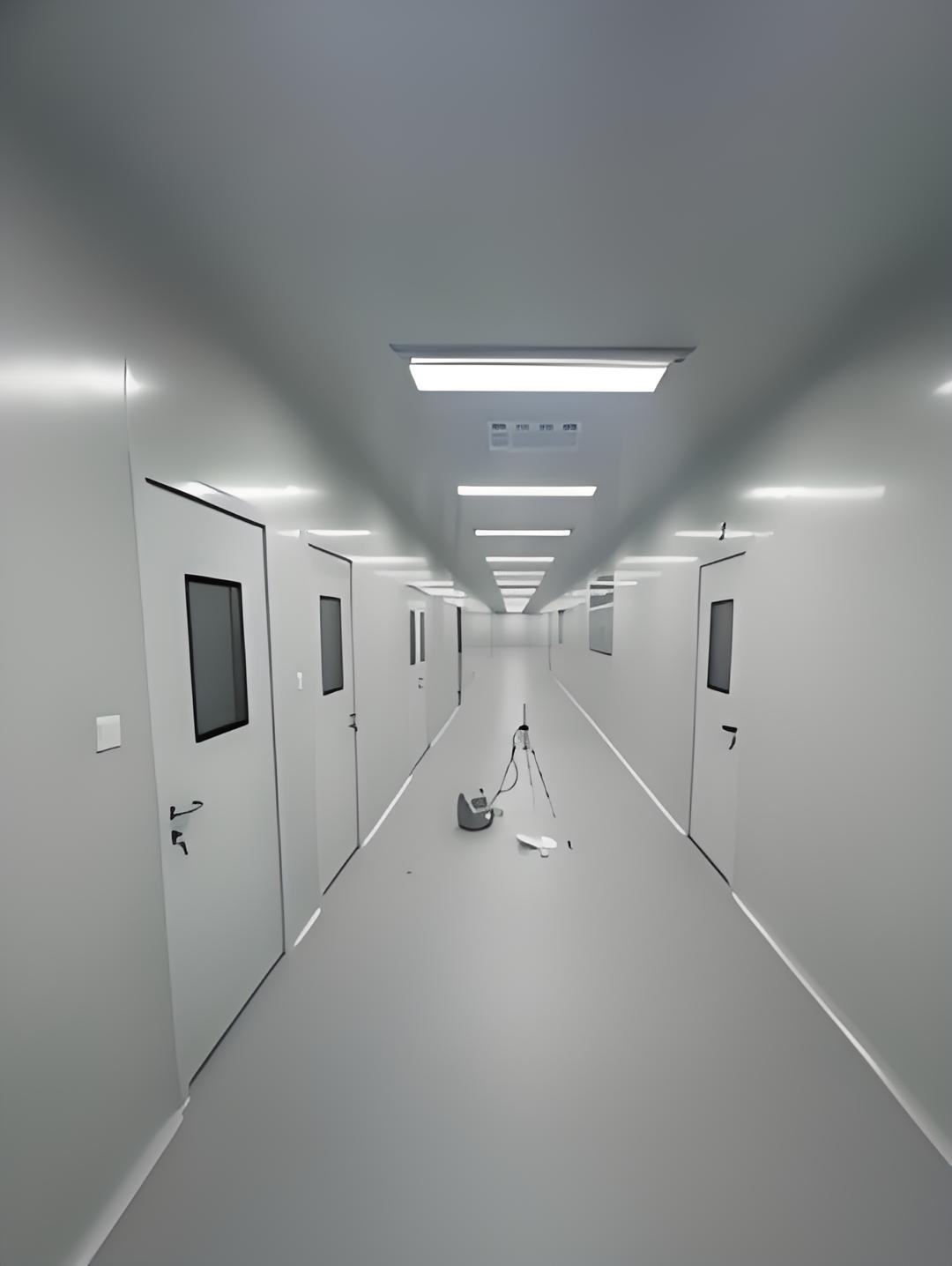
Implementing effective cleanroom airflow solutions involves a combination of technology, maintenance, and best practices to address common challenges like contamination control, energy efficiency, and cost management. These solutions range from advanced hardware to operational strategies, all designed to sustain optimal clean room airflow.
One key solution is the use of advanced filtration systems. Beyond standard HEPA filters, consider options like carbon adsorption for chemical contaminants or UVGI (ultraviolet germicidal irradiation) for microbial control. Regular filter testing and replacement, as per manufacturer guidelines, prevent clogging and maintain airflow integrity. For energy savings, energy recovery ventilators (ERVs) can precondition incoming air, reducing the load on HVAC systems.
Another approach is airflow optimization through computational fluid dynamics (CFD) modeling. CFD simulations visualize airflow patterns, identify dead zones or turbulence, and guide design tweaks without physical trials. This is particularly useful for retrofitting existing clean rooms or scaling up operations. Additionally, automated control systems with IoT sensors can dynamically adjust airflow based on occupancy or particle levels, enhancing responsiveness and reducing manual interventions.
For persistent issues like pressure fluctuations or contamination hotspots, consider zoning with local laminar flow units or air showers. These provide targeted protection in critical areas. Maintenance protocols, such as routine cleaning and seal inspections, also form part of robust cleanroom airflow solutions. Training staff on proper gowning and procedures further supports airflow stability.
Ultimately, integrating these cleanroom airflow solutions can lead to significant benefits: lower operational costs, improved product yields, and extended facility lifespan. By adopting a holistic view—from design to daily operations—you can ensure that clean room airflow remains a cornerstone of your quality assurance program.
To maximize the benefits of clean room airflow, it's vital to integrate it into broader facility management strategies. This includes aligning with environmental controls, safety protocols, and sustainability goals. For example, pairing airflow systems with humidity and temperature controls ensures a stable microenvironment, while energy-efficient designs support green building certifications like LEED.
Regular audits and performance reviews help identify trends and areas for improvement. Collaborate with experts in HVAC engineering and contamination control to stay updated on innovations, such as smart sensors or low-energy fans. By treating clean room airflow as a dynamic component, rather than a static feature, you can adapt to evolving industry demands and regulatory changes.
Q1: What is the ideal airflow velocity for a laminar flow clean room?
A1: The ideal airflow velocity for a laminar flow clean room typically ranges from 0.45 to 0.5 meters per second (90-100 feet per minute) for ISO Class 5 environments, as per standards like ISO 14644-4. This velocity ensures unidirectional flow to sweep away contaminants without causing excessive turbulence. However, it can vary based on the specific application and room layout, so it's best to validate through testing.
Q2: How often should clean room airflow be tested and monitored?
A2: Clean room airflow should be tested at least annually for routine compliance, but more frequent monitoring—such as continuous or quarterly checks—is recommended for critical areas. Key parameters like velocity, pressure differentials, and particle counts should be tracked using calibrated instruments, following standards like ISO 14644-3 to ensure ongoing performance and early issue detection.
Q3: Can clean room airflow systems be retrofitted for energy efficiency?
A3: Yes, clean room airflow systems can often be retrofitted for better energy efficiency. Options include upgrading to high-efficiency filters, installing VAV systems, adding energy recovery units, or implementing CFD-based optimizations. These retrofits can reduce energy consumption by 20-30% while maintaining cleanliness, making them cost-effective over time.
Q4: What are common causes of clean room airflow failures?
A4: Common causes include filter clogging or damage, improper sealing of ducts, HVAC malfunctions, changes in room occupancy or equipment, and inadequate maintenance. Human factors, like incorrect gowning or door usage, can also disrupt airflow. Regular inspections and training help prevent these issues.
Q5: How does clean room airflow impact contamination control in different industries?
A5: Clean room airflow directly impacts contamination control by determining how effectively particles and microbes are removed. In pharmaceuticals, it ensures sterility for drug manufacturing; in electronics, it prevents defects from dust; and in healthcare, it reduces infection risks. Tailoring airflow designs to industry-specific standards, such as FDA guidelines or SEMI norms, is crucial for effective contamination management.